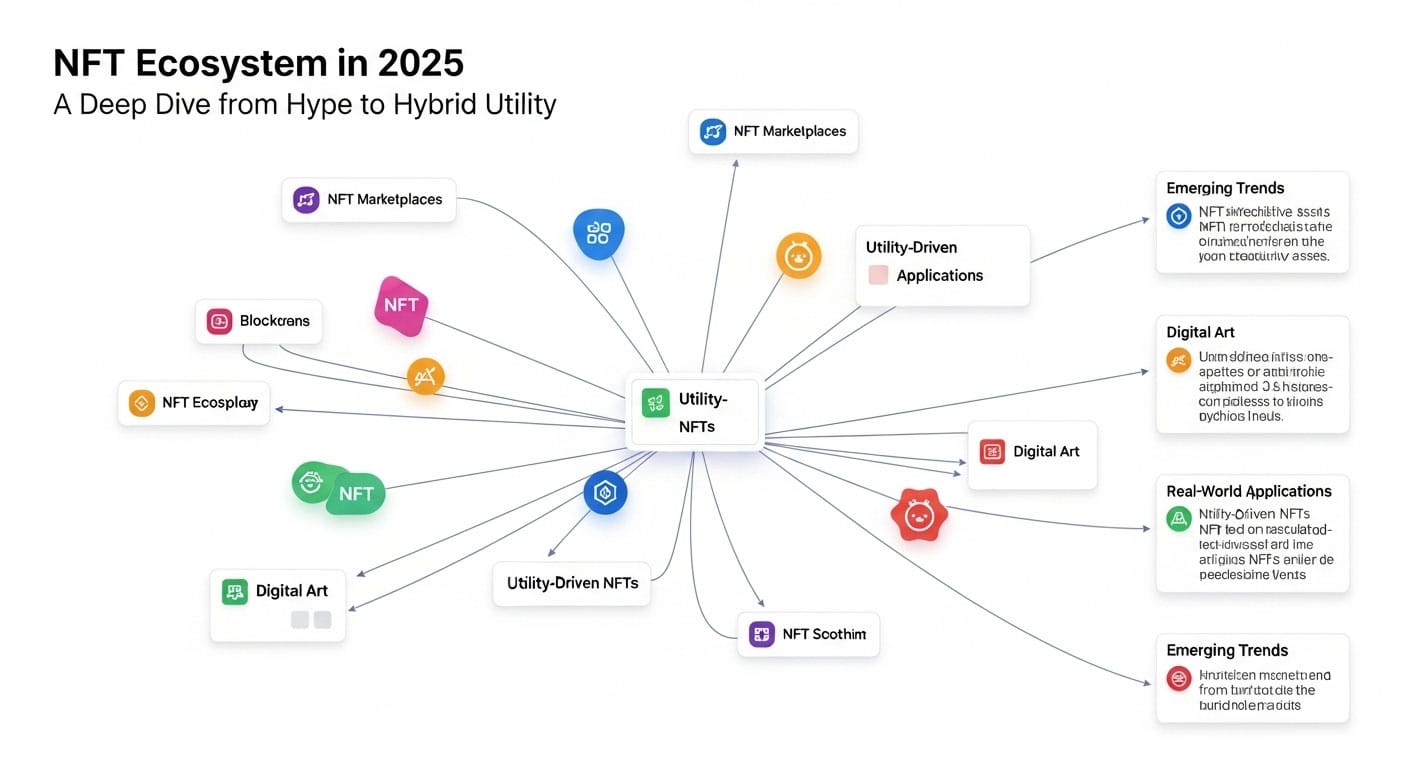Tadao Ando quotes on Architecture
I believe that the way people live can be directed a little by architecture.
By: Tadao Ando
The Power of Architecture in Shaping Lives
Imagine waking up each morning in a home that inspires you to seize the day, a school that encourages learning, or an office that fosters creativity. This isn’t just a daydream; it’s the reality that architecture can create. The spaces we inhabit have the power to influence our mood, our behavior, and even the way we interact with others. The quote by Tadao Ando, a renowned Japanese architect, encapsulates this profound impact: “I believe that the way people live can be directed a little by architecture.”
Architecture is not just about buildings; it’s about crafting environments that resonate with our emotions and aspirations. It’s a silent guide that can lead us towards a more productive, joyful, and meaningful existence. Let’s explore how the silent language of architecture speaks to us and directs the way we live.
Spaces That Inspire
Consider the feeling of walking into a grand library, with towering shelves of books and an aura of quiet contemplation. This space isn’t just a container for books; it’s a sanctuary for thought, designed to inspire learning and reflection. The architecture of such a space directs us to respect knowledge and cherish the act of reading.
Similarly, think about a park with winding paths, lush greenery, and benches thoughtfully placed to enjoy the view. This isn’t merely a green space in the city; it’s an invitation to slow down, to breathe deeply, and to reconnect with nature. The design of the park nudges us towards relaxation and rejuvenation.
Encouraging Interaction
Architecture can also shape the way we interact with others. A well-designed public square encourages community gatherings, cultural events, and chance encounters. The arrangement of seating, the openness of the space, and the accessibility for all ages and abilities are architectural decisions that foster a sense of community and belonging.
In contrast, a cramped and poorly lit corridor might discourage conversation and prompt people to pass through quickly. The architecture in this case directs a more isolated and less engaging experience.
Enhancing Productivity
The design of workspaces has a significant impact on productivity and creativity. An office with ample natural light, ergonomic furniture, and spaces for collaboration can invigorate employees and spark innovation. The architecture of the workspace becomes a catalyst for efficiency and a promoter of well-being.
On the other hand, a cluttered, dimly lit workspace with little room for movement can lead to a drop in motivation and a stifling of creative thought. The message sent by such architecture is one of limitation and constraint.
Building Happiness
Our homes are perhaps where architecture has the most intimate influence on our lives. A home with a thoughtful layout that accommodates both privacy and family interaction can enhance relationships and personal contentment. The choice of materials, the flow of space, and the connection to the outdoors are all architectural elements that contribute to our happiness and sense of security.
A home that feels cramped, dark, or disconnected from its surroundings can have the opposite effect, leading to discomfort and a yearning for change. The architecture of our homes can subtly direct our daily routines and overall satisfaction with life.
Conclusion
Architecture has the power to shape our lives in subtle but profound ways. It can inspire us, bring us together, boost our productivity, and contribute to our happiness. As Tadao Ando suggests, the spaces we create and inhabit can indeed direct the way we live, a little at a time. By recognizing the influence of our surroundings, we can seek out and create spaces that uplift and empower us, making our lives not just livable, but inspirational.
FAQs about The Influence of Architecture on Daily Life
- How does architecture affect our daily lives?
Architecture affects our daily lives by influencing our emotions, behaviors, and interactions with others. The design of spaces can inspire us, facilitate or hinder our activities, and affect our well-being and productivity.
- Can architecture really make us happier?
Yes, architecture can contribute to our happiness by creating environments that meet our needs, reflect our values, and connect us to others and the natural world. Thoughtful design can enhance our comfort, satisfaction, and overall sense of well-being.
- What role does natural light play in architectural design?
Natural light plays a crucial role in architectural design by improving the aesthetics of a space, boosting mood and productivity, and providing a connection to the outside world. It can also be energy-efficient and contribute to a building’s sustainability.
- How can architecture encourage learning?
Architecture can encourage learning by creating spaces that are conducive to concentration, reflection, and collaboration. Libraries, schools, and other educational spaces can be designed to inspire curiosity and support various learning styles and activities.
- Can the design of a workspace really affect creativity?
Yes, the design of a workspace can significantly affect creativity. Spaces that offer natural light, comfortable and flexible work areas, and opportunities for informal collaboration can stimulate creative thinking and innovation.
- What is the importance of public spaces in architecture?
Public spaces are important in architecture because they serve as communal gathering spots, promote social interaction, and enhance the cultural and social fabric of a community. Good public space design can foster inclusivity, engagement, and a sense of belonging.
- How does architecture impact children’s development?
Architecture impacts children’s development by providing environments that are safe, stimulating, and adaptable to their changing needs. Educational spaces, in particular, can support different learning experiences and promote physical, cognitive, and social development.
- What architectural features can improve a home’s livability?
Architectural features that can improve a home’s livability include a functional layout, good ventilation, ample natural light, comfortable living spaces, and a connection to outdoor areas. These features can enhance the quality of life for the inhabitants.
- How can architecture affect community building?
Architecture can affect community building by creating spaces that encourage people to meet, interact, and participate in communal activities. Design elements like public squares, parks, and community centers can be focal points for fostering a strong sense of community.
- Can architecture influence our physical health?
Yes, architecture can influence our physical health by promoting or discouraging physical activity, providing healthy indoor environments with good air quality, and reducing stress through aesthetic and functional design.










